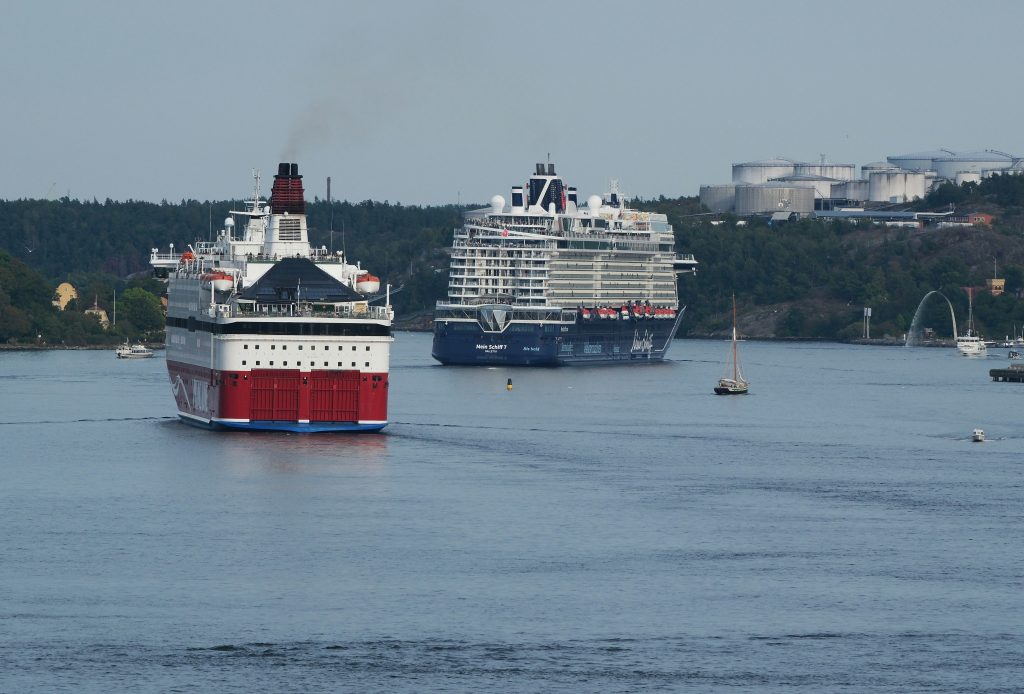
The Mystery of the Ghost Ship: Fact or Fiction?
In a world where social media spreads information faster than ever, the tale of a ghost ship supposedly washed ashore in St. Augustine after Hurricane Milton has captured the imagination of many. This narrative, which gained traction on Facebook, claimed that a 1700s-era ghost ship had emerged from the depths, intriguing both skeptics and believers alike. However, as is often the case with sensational stories, the truth is not as compelling as the myth.
Maritime archaeologist Chuck Meide has weighed in on the matter, clarifying that the viral image and the accompanying story are not grounded in reality. The image, which sparked widespread discussion and debate online, appears to have been manipulated or misrepresented. Meide’s expertise sheds light on how easily misinformation can spread, particularly in the age of digital communication.
The allure of ghost ships is not a new phenomenon. Historically, tales of phantom vessels have circulated among sailors and coastal communities. These stories often serve as cautionary tales or legends that enrich the maritime lore of a region. The concept of ghost ships evokes images of lost souls, forgotten voyages, and the mysteries of the deep sea. Such narratives can captivate audiences, creating a blend of fear and fascination.
The rise of social media has provided a platform for these stories to flourish. A single post can reach thousands, if not millions, of users in a matter of hours. This rapid spread of information can blur the lines between fact and fiction, leading people to question the credibility of what they see online. One commenter on the viral post even questioned whether the content was AI-generated, showcasing the growing skepticism surrounding digital media.
Despite the lack of evidence supporting the existence of the ghost ship in St. Augustine, the story has reignited interest in maritime archaeology and the eerie tales that accompany it. It reminds us of the rich tapestry of human experience woven into the history of our oceans. From shipwrecks to legendary creatures, the sea is synonymous with mystery and adventure.
In conclusion, while the ghost ship of St. Augustine may not be a reality, its story reflects a broader cultural phenomenon where folklore meets modern technology. As we navigate the waters of information in our digital age, it is crucial to approach sensational claims with a critical eye. Whether rooted in truth or imagination, stories of ghost ships will continue to haunt our collective consciousness, urging us to explore the depths of both the sea and our understanding of the world around us.
Tags: ghost ship, Hurricane Milton, maritime archaeology, myth, Social Media

相關頭條